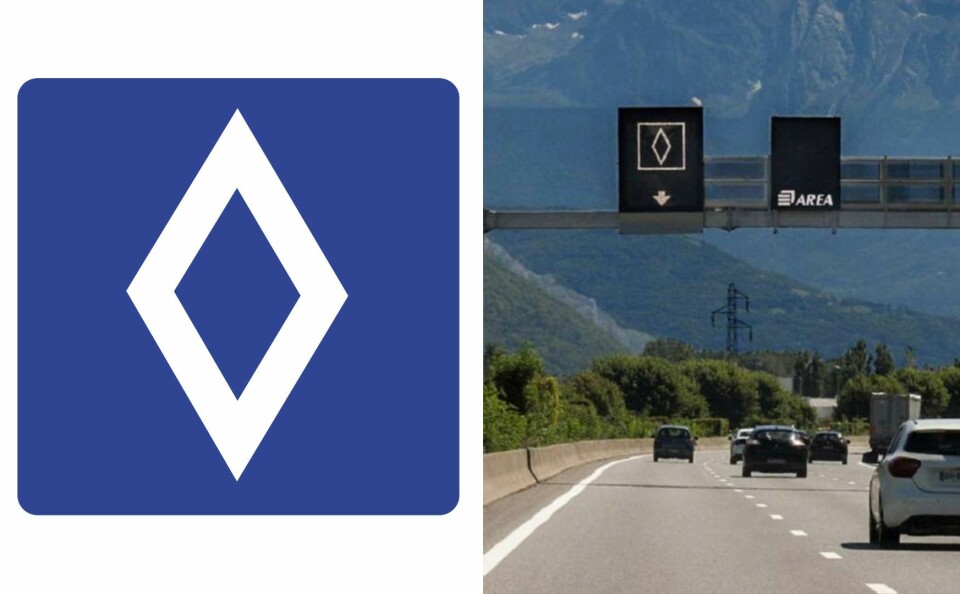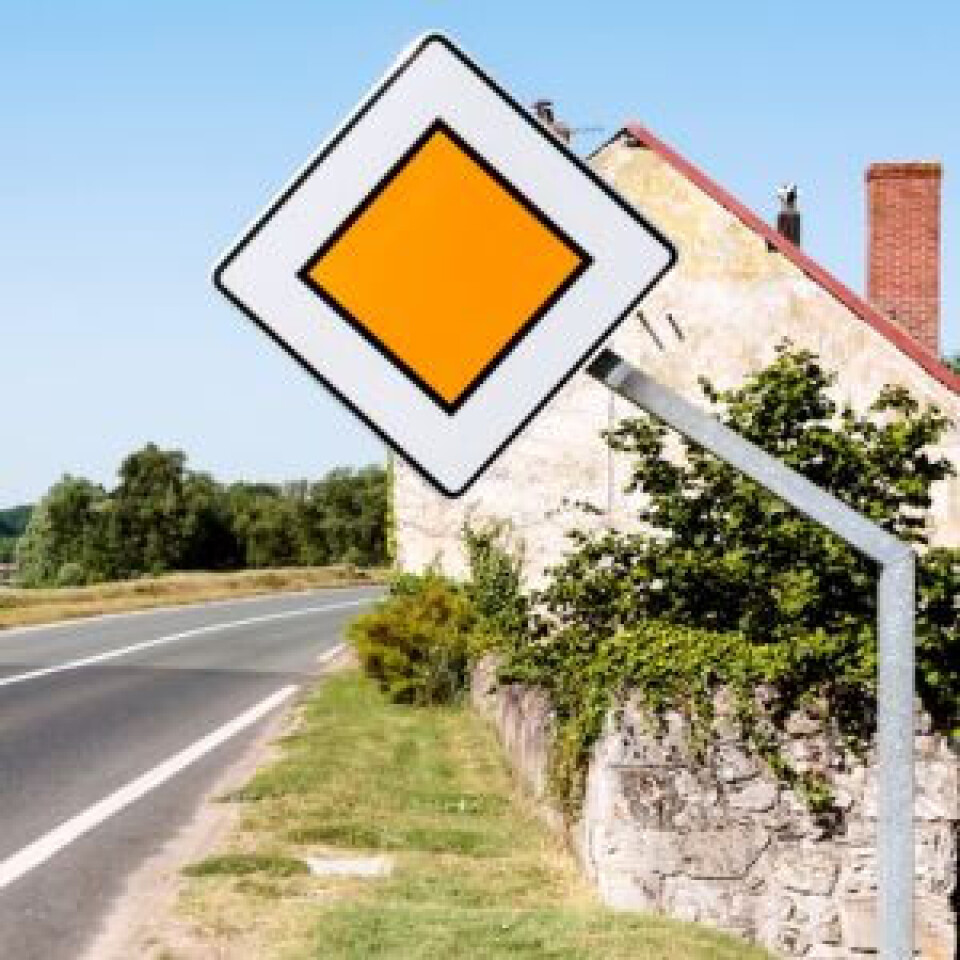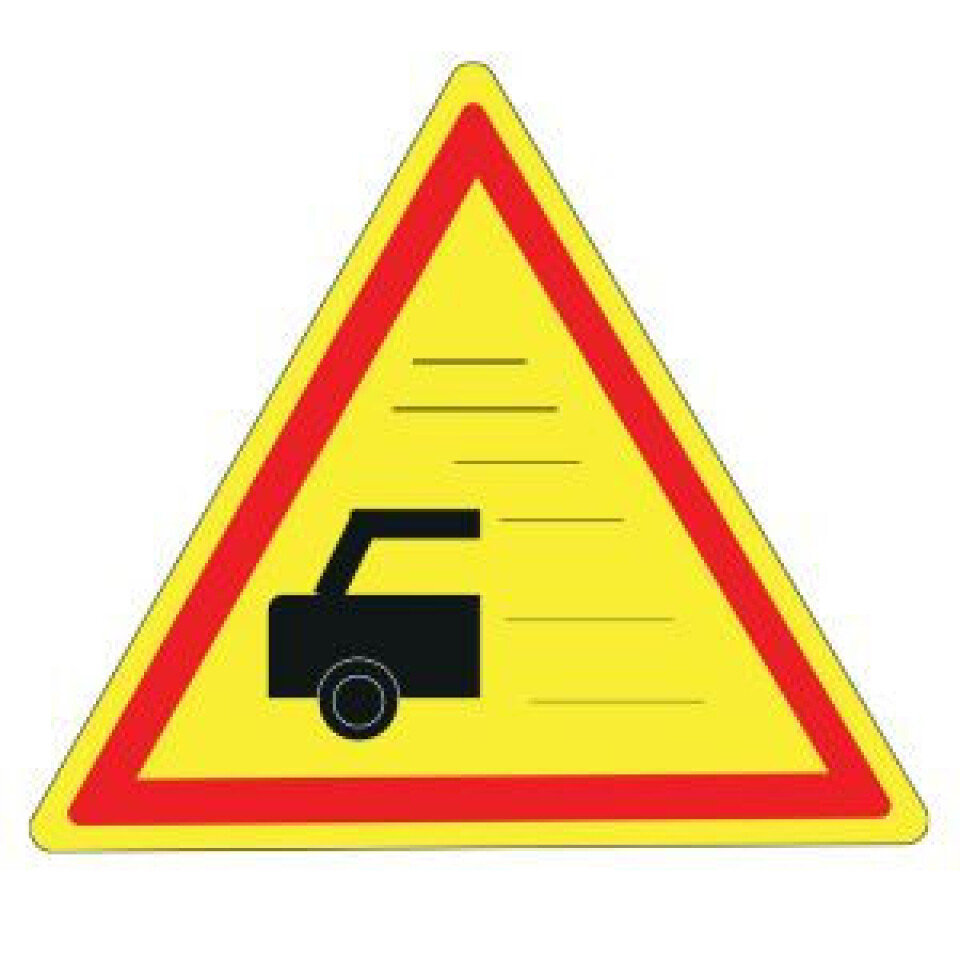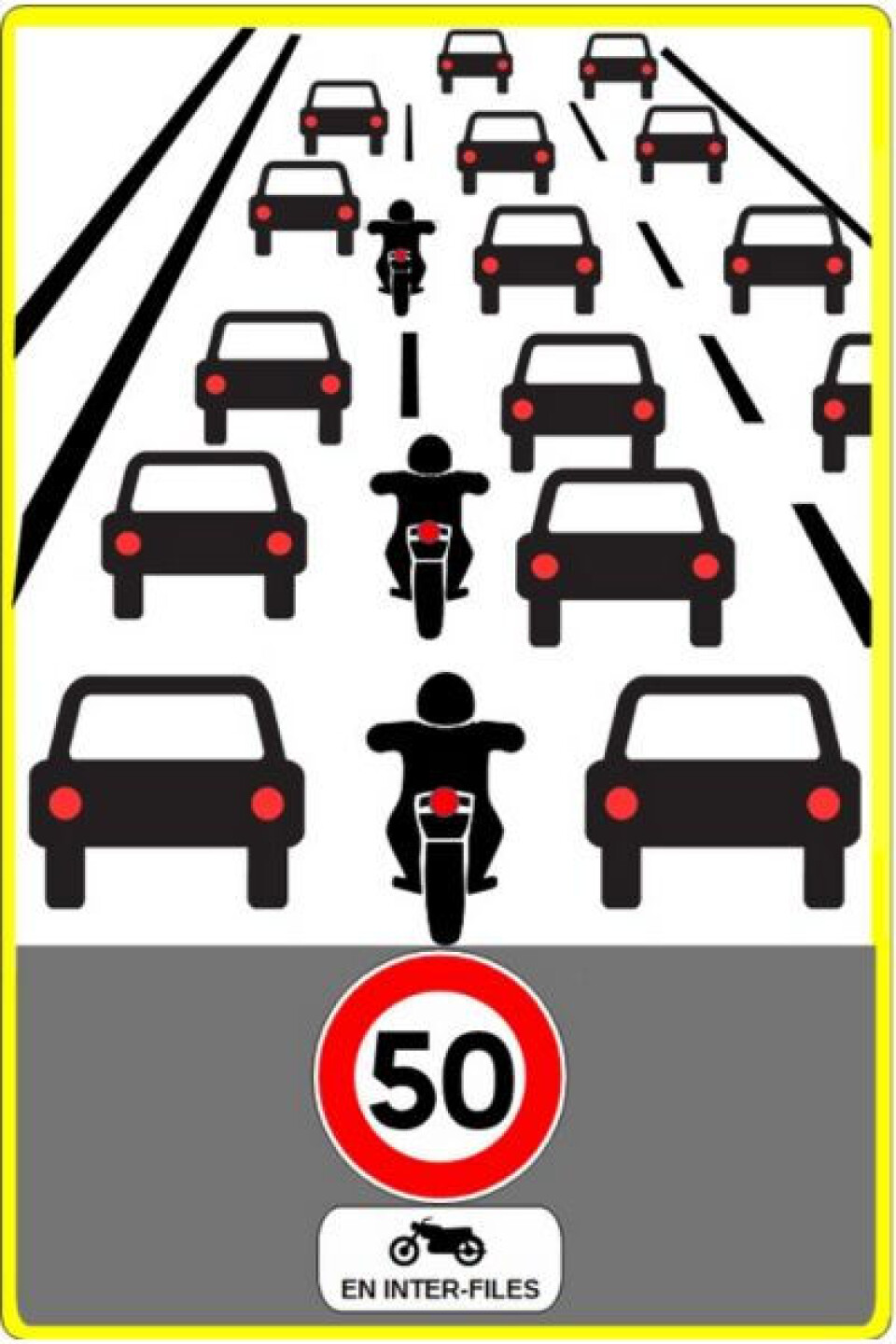-
Departments in south-west France introduce tougher penalties for mobile phone usage when driving
Measure comes after record numbers of drivers caught using phones on the road
-
Farmer protests in France: Blockades in place on several major roads
Tractor convoys head for Paris ahead of a major protest planned for Thursday
-
What is diamond sign that has appeared on major road near my French home?
Trial for use of sign is underway
New road sign causes confusion in France. Have you seen it?
The symbol was chosen because the lozenge shape is already used in parts of North America - Renault lawyers had questions

Drivers report being puzzled by a new lozenge symbol road sign used to indicate a car-sharing lane reserved for vehicles carrying at least one passenger.
The signs were tested in Grenoble and Lyon and are now also in Toulouse and Marseille. They will be multiplying across the country in a four-year trial.
Read more: This road sign is popping up more and more in France
Thermal-imaging picks up passenger numbers in a car
The symbol is mostly used on urban dual carriageways and ring roads with programmable overhead gantries, and is switched on in rush hour.
Taxis, buses and emergency vehicles can use the lanes, usually the left lane, without passengers, as can electric (but not hybrid) vehicles.
Thermal-imaging cameras can identify rulebreakers, who risk a €135 fine.
State road signs body Cerma said surveillance systems will have no problems picking up small children and back-seat passengers.
Read more: Radars to catch drivers wrongly using car share lane on rise in France
Renault lawyers looked into similarity
It said officials decided to change from the usual multi-person symbol signs, used for covoiturage parking spaces, to the new symbol because the lozenge shape was already in use in parts of North America to designate car-sharing lanes.
“We did not think the signs that were approved fully reflected the use that these lanes will have, with them being open also to public transport,” a spokesman said.
The symbol is similar to Renault’s logo, but a spokesman for the firm said its lawyers had looked into the matter but decided not to protest.
Other French road signs that can be confusing

The yellow diamond means your road has priority over cars coming from your right, cancelling the priorité à droite rule.
The latter was fixed in an international traffic convention signed in Paris in 1926. It was meant to give clarity and avoid accidents, however it said countries that drive on the left could do as they liked. (Photo credit: vvoe / Shutterstock)

The triangle indicates danger. Its yellow hue means the danger is temporary. And the blurry car? Fog or fumes. Visibility might be temporarily poor. (Image credit: beatrice louvet / Shutterstock)

This experimental sign, used in 21 departments, is a reminder that motorcyclists can (legally) go between lanes and imposes a speed limit on bikes doing so. (Image credit: sécurité routière)
Related articles
How to get a €200 payout from the French government for car sharing
What disruption for drivers in France during the Paris 2024 Olympics?
Alcohol, drugs and technology blamed as French motorway deaths rise
























